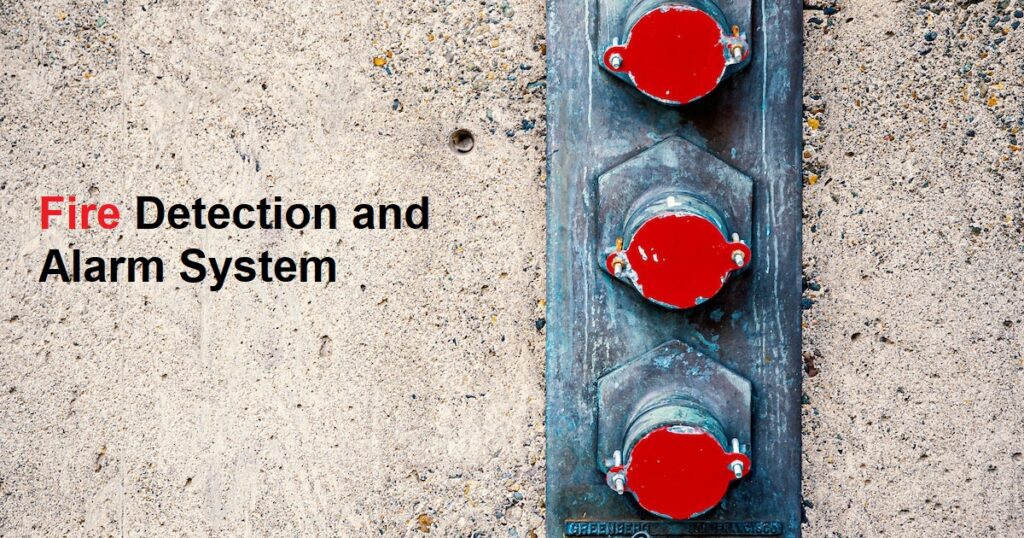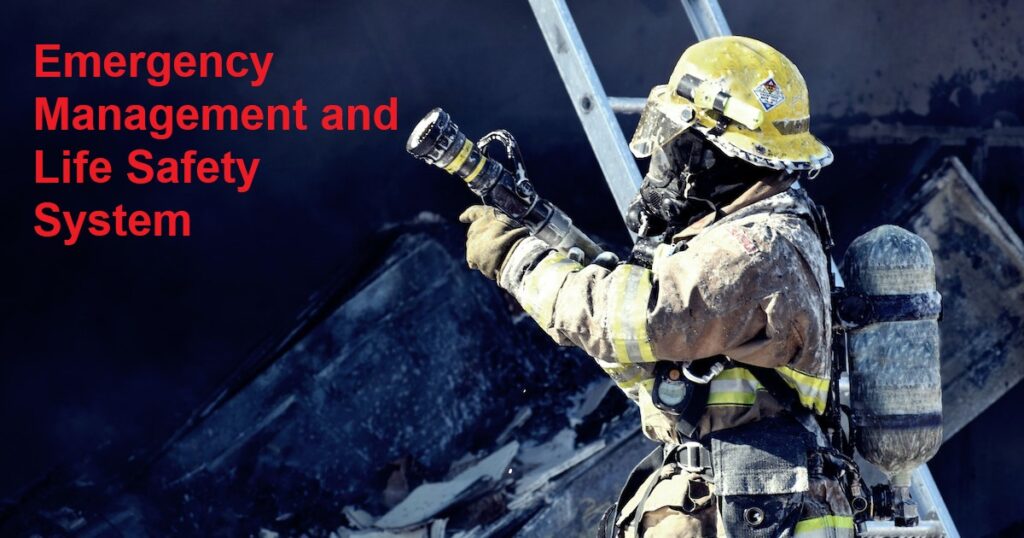Fire hazards pose a serious risk to personnel, premises, services, and operations. A fire can cause significant damage and lead to injuries or fatalities. Hence, it is crucial to carry out a systematic, critical appraisal of all potential fire hazards and ensure that occupational safety and health systems satisfy legal requirements and written safety policies, objectives, and progress. This is where a fire safety audit comes into the picture.
Fire Hazard Identification
We identify potential fire/explosion hazards/risks in the premises and suggest preventive measures. Our team evaluates the fire risk in each operation/area and recommends suitable control measures.
Fire Fighting System
We evaluate the location of the fire pump house and water storage tank to meet statutory and standard requirements and the availability of nearby hazards. Our team checks the adequacy of the underground and aboveground fire water tank and pumping capacity, the availability of the overhead tank and its interconnection with the firewater network and backup supply, the configuration of pumps and valves for the hydrant and sprinkler system, adequacy of the sprinkler system, detection system, operating temperature, and other parameters.
Fire Detection and Alarm System
Our team assesses the adequacy of the fire detection and alarm (FDA) system with respect to relevant standards, positioning of the detectors with respect to the ventilation system, beam depth, obstructions, etc. We also check the availability and adequacy of the backup power supply to the FDA panel and other electrically operated emergency equipment and the type of cables used for emergency services.

Gas Suppression System
We assess the requirement of a gas suppression system based on fire risk and the criticality of the equipment/operations as per relevant standards. Our team evaluates the location of the gas suppression cylinders, routing of the pipeline, location of manual release and abort switches and panels, standby power supply, etc.
Fire Extinguisher
Our team checks the adequacy and deployment of the portable fire extinguisher as per relevant standards, accessibility to extinguishers as per relevant standards, availability of refills, mounting practice, etc.
Passive Fire Protection
We assess the segregation of facilities and utilities, the requirement of fire partition walls and their fire rating, the segregation of power cables and data cables and utility lines, and address the fire spread through vertical and horizontal openings meant for cable passes, utility lines, etc. Our team also evaluates the fire rating of the emergency exit doors, fire lifts, building construction, internal partitions, and false ceilings.
Emergency Management and Life Safety System
Our team assesses the availability of the emergency preparedness plan, adequacy of emergency exit based on occupant load/type of occupancy/type of exit, adequacy, and availability of emergency lights and ventilation, segregation of the emergency exit from the remaining facility, communication of emergency, mutual aid, etc. We also evaluate the approach road width and clearance, access, and egress to the building, open space around the building, adequacy of signs, and the requirement of passive fire protection systems like cable pass sealants, etc. Additionally, we assess the fire safety training level of security staff and facility management staff, emergency plan, fire mockup drill records, evacuation plan, and its adequacy.

Reporting and Recommendations
At the end of the field study, we provide a fire safety audit report on the findings of the study and recommendations for the next course of action. The recommendations suggested for risk improvement are categorized as Category A, B, and C based on the criterion for categorization presented below:
Category A: Immediate action required
Category B: Action required in the short-term
Category C: Action required in the long-term
Conclusion
Fire Safety Audit is an essential tool to ensure the safety and well-being of personnel and property in any organization. It helps to identify potential fire hazards and provides recommendations for risk improvement to prevent and mitigate the impact of fires. The audit covers a wide range of areas, including fire hazard identification, fire fighting systems, fire detection and alarm systems, gas suppression systems, fire extinguishers, passive fire protection, emergency management, and life safety systems, among others.
By engaging our services, clients can rest assured that their organization’s occupational safety and health systems fully satisfy legal requirements and meet company safety policies, objectives, and progress. Our recommendations for risk improvement are categorized as Category A, B, and C, and our clients can use these recommendations as a roadmap to improve their fire safety standards.
